When the bookers for the David Letterman Show invited experimental electronic composer Suzanne Ciani to appear on the programme in August 1980, her instinct was to say “no”.
“I didn’t want to do it,” says Ciani (76), speaking ahead of a concert at Dublin’s Liberty Hall Theatre on October 13th. “I was busy. I was working round the clock.”
Letterman’s people had suggested she bring her huge Don Buchla modular synthesiser – think a Hammond organ meets a Dalek from Doctor Who – and astound the host with its many electronic effects. She would manipulate the machine, Letterman would crack wise, the audience hoot and applaud. Perhaps there would be an opportunity to mention her forthcoming album, Seven Waves. Everyone would go home happy.
“They wanted me to move all my stuff over to their studio. It was also in New York. But still…,” says Ciani – later christened “diva of the diode” by synth purists. “And they wanted it there for seven in the morning. So I made a deal: I’ll do the show. But you have to let me play some of Seven Waves. That was the arrangement.”
She lugged her Buchla down to the NBC building in midtown Manhattan and had to put up with Letterman patronising her for 8½ minutes. The host behaved towards Ciani as one would toward a child who could play chess at Grand Master level or a seal that can bash out a melody on piano. He smiled, he condescended, he asked her to coax from her keyboard a panoply of wonderful, occasionally weird sounds.
Among the first composers to see the potential of electronic music, Ciani was scrubbed from history in real time
“I went on there and I went through the thing that he wanted to do. And at the end, I got to play. I knew all the guys in the band because I’d worked with them in the advertising industry. But they cut to commercial. I didn’t know it at the time.”
Playing into the void has been Ciani’s experience throughout much of her near 50-year career. Among the first composers to see the potential of electronic music, she was scrubbed from history in real time. As were other female innovators in the genre, such as Bebe Barron, Laura Spiegel and Delia Derbyshire (creator of the Doctor Who theme in 1963).
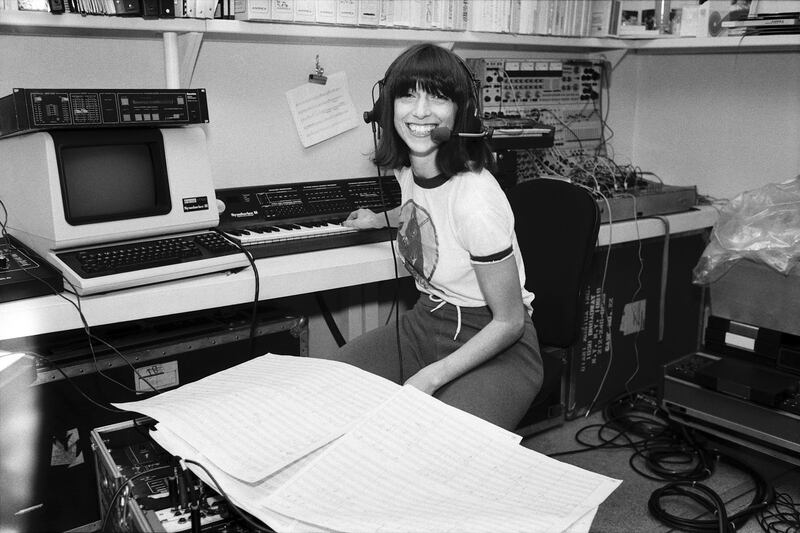
Their stories were erased. Instead, the history of electronica was of cold, dystopian artists such as Kraftwerk and flamboyant gadabouts like Jean-Michel Jarre and Giorgio Moroder conjuring a new sound from out of nothing.
The story was reduced, in other words, to a simple tale of boys and their toys. Only in recent years – and particularly with Lisa Rovner’s 2020 documentary Sisters with Transistors – have the contributions of Ciani, Derbyshire and their peers been acknowledged.
In the 1970s, the industry expected female artists to look and sound like variations of Joni Mitchell and Carole King... Where was her guitar? Why wasn’t she singing?
“Women were there. It’s a simple thing: there were just no doors opening. In order to communicate across a culture, to make a statement in the world, you need the infrastructure that does that,” says Ciani.
“It’s not to say that there weren’t breakthrough cases. Look at Laurie Anderson, and O Superman [Anderson’s vocoder-fuelled hit from 1982]. Go figure. How did that come about? There are always little blips that are unexplained. And that’s good. But it doesn’t lead to all the doors opening.”
Ciani grew up in South Boston and started piano at six. She studied classical music at Wesleyan University in Connecticut while attending MIT in her spare time, where she educated herself on the latest developments in musical technology. This led her to the University of California, in Berkeley, and a meeting with synthesiser designer Don Buchla – a pioneer she describes as the “Leonardo da Vinci” of electronic instrumentation.
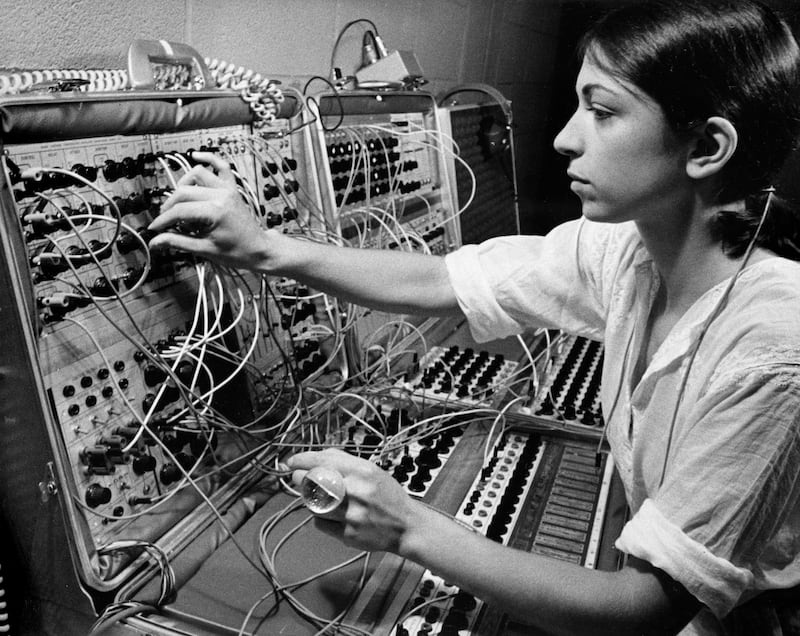
His synth, “the Buchla” was not like anything she had ever encountered. The sounds it made were both eerie and comforting: they could make the listener feel as if they had entered a different state of consciousness or were drifting on tides of nothingness. The first time she played it, she fell in love.
That romance has continued. She poured all her savings into acquiring a Buchla of her own. And it still has pride of place in her studio in Bolinas, California, a town surrounded on three sides by the Pacific Ocean – and thus by the waves that are a recurring theme of her music.
“It is beautiful,” she says, turning to the Buchla. “But that beauty is functional. This was designed for live performance. It has colour-coded cable and LEDs, so you know what’s going on.”
Ciani became convinced synthesisers represented the future. However, in the 1970s, the industry expected female artists to look and sound like variations of Joni Mitchell and Carole King. And so when Ciani went to New York in search of a record deal, executives could not comprehend what she was about. Where was her guitar? Why wasn’t she singing?
You never have to worry about when that next slow beat is coming. It has a subliminal impact on you. Because you feel the comfort and the safety of the power of the machine
“They weren’t looking for anything new,” she says. “The record industry is filled with things that happened despite their system.”
New York wasn’t simply a musical capital, of course. It was also the nerve centre of the advertising industry. And it turned out that advertisers were attuned to the future and eager for Ciani’s cutting-edge sounds.
She was soon soundtracking ads for Black and Decker and General Electric. Then Coca-Cola asked her to create an effect for a new commercial – for which she cooked up that iconic Coke “ring pop” everyone on the planet can recall at will. She is modest about that accomplishment: she was simply fulfilling a brief for a client.
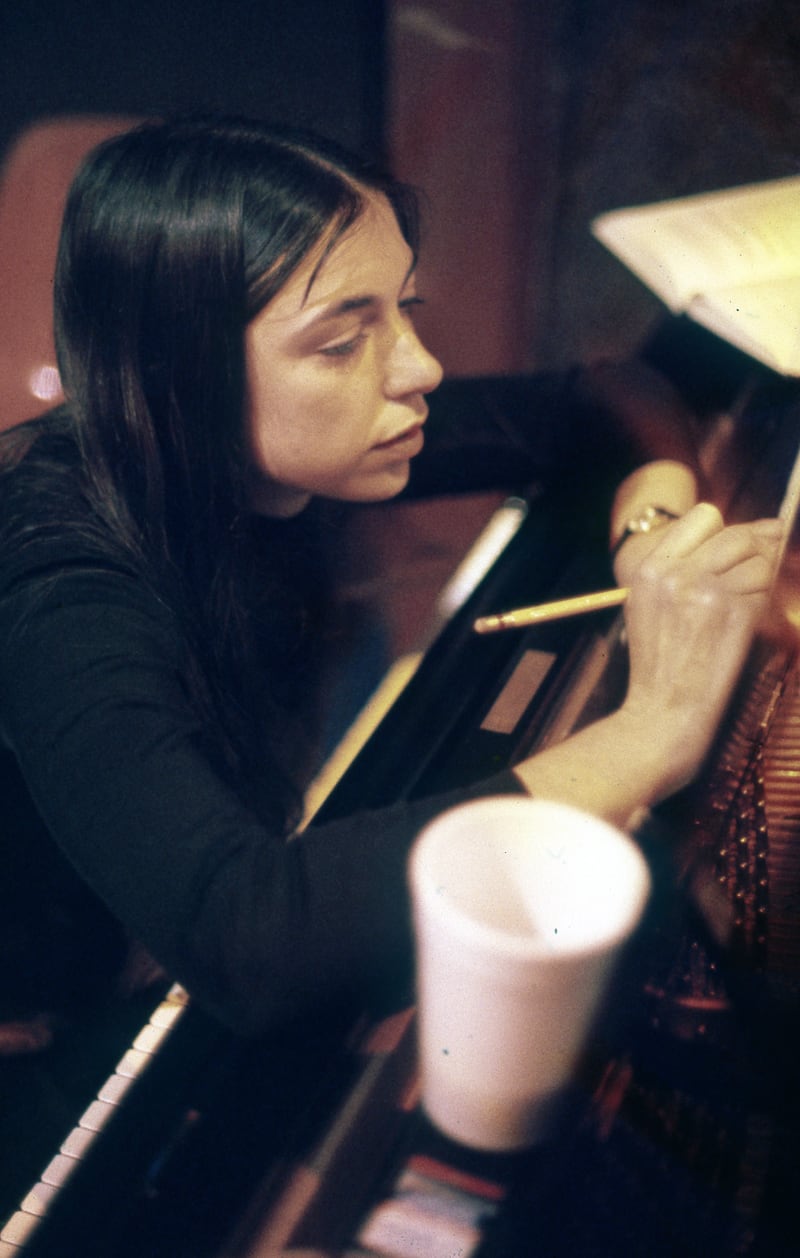
“The advertising industry in my field – music and sound design – was an anonymous creative situation. In Japan at that time, they would have a little thing at the bottom of the TV screen saying who did it. Here, it was an anonymous field. You get used to that. You get used to being hidden – and you don’t run around saying, ‘that was me’. There’s no recognition for it, except in the industry. In the industry, everybody knew who I was. I’ve always been an ‘industry-visible’ commodity.”
Seventies Manhattan was where she lived the biggest version of her life. Ciani orbited composers Philip Glass (who was intrigued by the Buchla) and Steve Reich (who found it repulsive). She became a habitué of Studio 54, the notorious celebrity nightclub.
You get used to being hidden – and you don’t run around saying, ‘that was me’. There’s no recognition for it, except in the industry
She also received five Grammy nominations (in technical categories). Around that time, Lily Tomlin asked her to score the film in which she was starring and producing, The Incredible Shrinking Woman. Ciani was the first woman in history to soundtrack a Hollywood movie. It would be 14 years before one was again entrusted with that responsibility.
“I got that film in 1980. There was not another woman hired until 1994. It just was that way. You couldn’t get hired if you were a woman. Lily Tomlin hired me. Verna Fields had edited Jaws. She took over as the head of production at Universal. Otherwise I wouldn’t have got hired.”
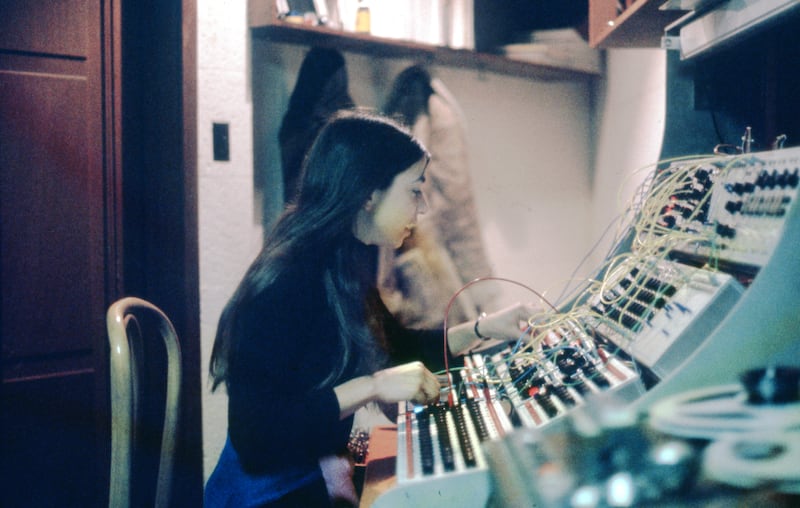
Ciani put out her breakthrough album, Seven Waves, in 1982. Overlooked at the time, it is today regarded as a lost classic – an ambient odyssey as important as anything Brian Eno was releasing and a forerunner of artists such as The Orb and Aphex Twin. “A conglomeration of Ciani’s electronic wizardry, her new age sensitivity and her innate romanticism,” says All Music. “The notes, like electronic waves, undulate, moving in and out timbres,” agrees Synthmuseum.
The project is as much a manifesto as a record, with its lulling tempos and unfurling waves synths. These she describes as an expression of her female identity.
It would be an exaggeration to claim the music industry has become a model of equality in the 40 years since Seven Waves. There are still far too few women working as producers
“It’s feminine. And it’s a different paradigm of rhythm. The rhythm that we’re used to in music, that 120 BPM or whatever it is, Seven Waves was way slower. And humans have difficulty playing slow beats. Ask a drummer to keep a beat slowly and they struggle. The thing about the machine is that the machine is dependable.”
The Buchla was the key to unlocking that sound. As she says, a human would struggle to maintain the unhurried grooves that underpin her material. With a synth, all you have to do is tell it what to play.
“You never have to worry about when that next slow beat is coming. It has a subliminal impact on you. Because you feel the comfort and the safety of the power of the machine. "
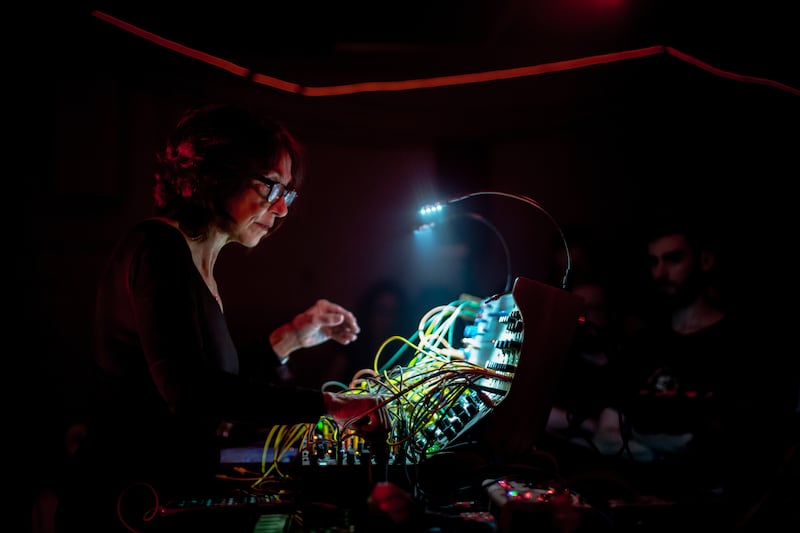
It would be an exaggeration to claim the music industry has become a model of equality in the 40 years since Seven Waves. There are still far too few women working as producers. And though there are of course exceptions, the majority of big-name DJs are male. Yet, with Ciani finally receiving her due, she feels that change is at last coming. Her hope is that female artists create their own paradigm within the industry. Rather than, as she sees it, cleaving to structures made by and for men.
He had no idea what this was all about. Nobody did. I was a behind-the-scenes studio phenomenon
“When this whole ‘awareness’ started – when women became aware they weren’t getting the space they wanted – they thought they had to enter the man’s world. Because the men had their world. And so they started bettering men at their own world. Showing that we could do it as well as men. But now we’re starting to develop our own world, which isn’t dependent on approval from the man’s world. The men like what they are doing. Why should they have women doing that? There’s another whole world: we don’t even know yet what it is.”
This brings us back to Letterman. He was notoriously hostile to Laurie Anderson when she went on his show in 1982. However, it was Ciani who had to run that gauntlet first. In August 1980, she was on the receiving end of Letterman’s performative dourness mixed with a dorky passive aggression.
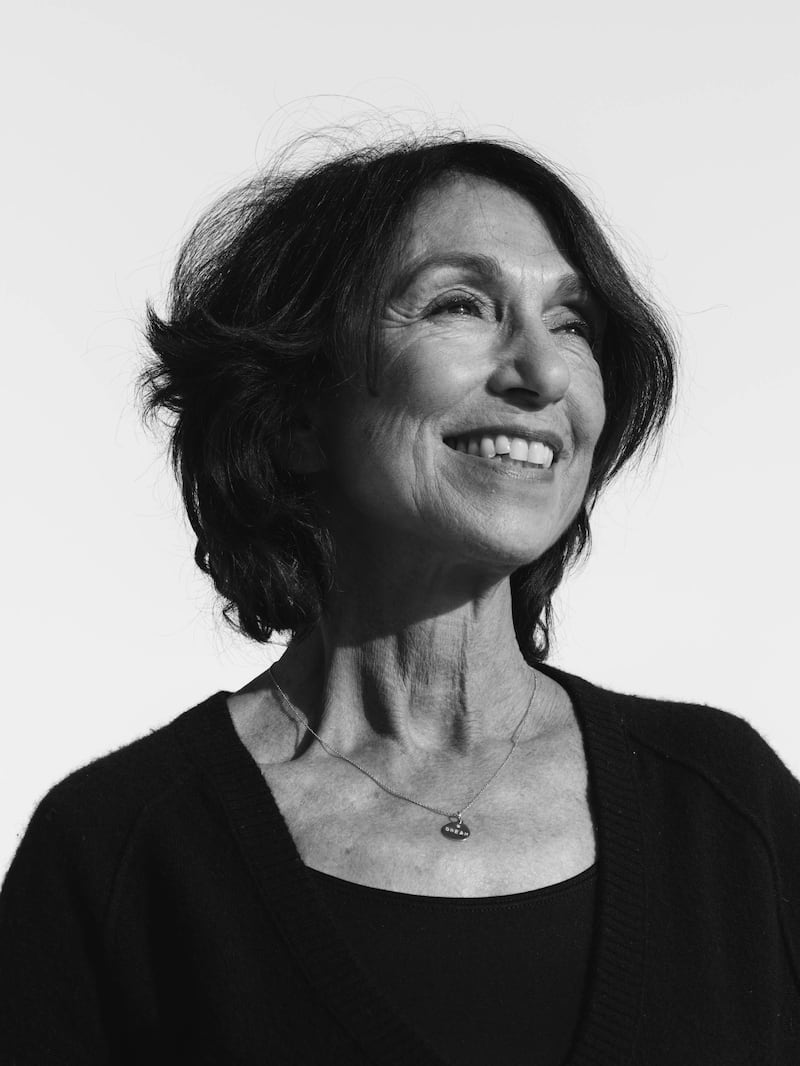
“How much does this stuff cost?” he asked sarcastically – claiming Ciani had spent a “couple of hundred thousand dollars” so she could “sound stupid”. Looking back, did his rancour flow from the fact she played a futuristic synth? Or was it because she was a woman who refused to strum a guitar?
“He had no idea what this was all about,” she says. “Nobody did. I was a behind-the-scenes studio phenomenon. I was doing specialised production. It was just starting to be understood. I think I got the upper hand on him. All in all, if he had been nicer it might not have been as interesting.”
Suzanne Ciani plays Liberty Hall Theatre, Dublin on October 13th











